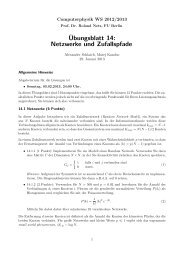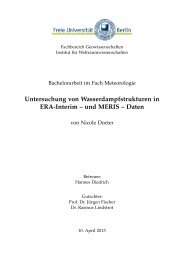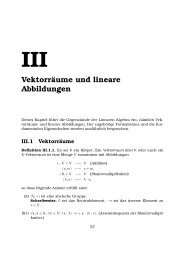Chapter 8—Capital Budgeting Process and Techniques - Userpage
Chapter 8—Capital Budgeting Process and Techniques - Userpage
Chapter 8—Capital Budgeting Process and Techniques - Userpage
Create successful ePaper yourself
Turn your PDF publications into a flip-book with our unique Google optimized e-Paper software.
ANS: C<br />
DIF: M<br />
REF: 8.4 Net Present Value, 8.5 Internal Rate of Return, 8.6 Profitability Index<br />
NARRBEGIN: NPV Profile<br />
NPV Profile<br />
The figure below shows the NPV profile for two investment projects.<br />
NARREND<br />
37. Refer to NPV Profile. What’s the IRR for project 1?<br />
a. 12%<br />
b. 14%<br />
c. 18%<br />
d. Cannot tell from the given information<br />
ANS: B DIF: E REF: 8.5 Internal Rate of Return<br />
NAR: NPV Profile<br />
38. Refer to NPV Profile. What’s the IRR for project 2?<br />
a. 12%<br />
b. 14%<br />
c. 18%<br />
d. Cannot tell from the given information<br />
ANS: C DIF: E REF: 8.5 Internal Rate of Return<br />
NAR: NPV Profile<br />
39. Refer to NPV Profile. The NPV of which project is more sensitive to the discount rate?<br />
a. Project 1<br />
b. Project 2<br />
c. Equally sensitive<br />
d. Cannot tell from the given information<br />
ANS: A DIF: M REF: 8.5 Internal Rate of Return<br />
NAR: NPV Profile<br />
40. Refer to NPV Profile. Suppose the two projects require about the same initial investment. Which<br />
project generates more cash flows in the early years?<br />
a. Project 1<br />
b. Project 2


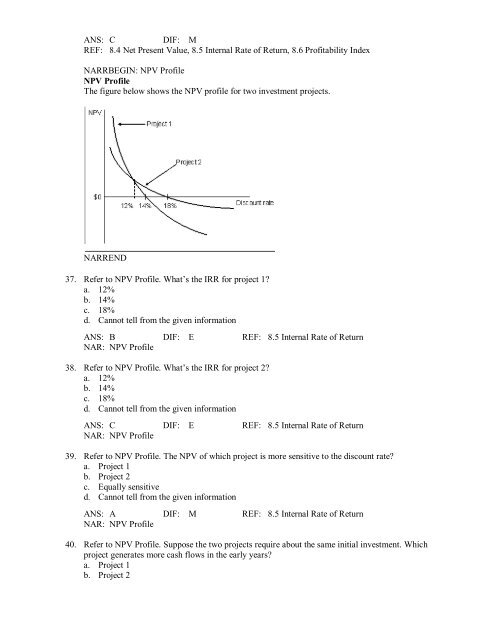

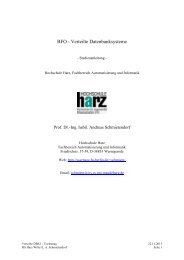
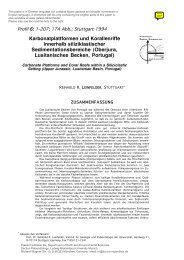



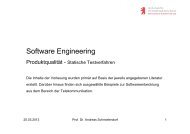

![[UNBEGRENZTE MÖGLICHKEITEN?] - Userpage](https://img.yumpu.com/22343335/1/184x260/unbegrenzte-moglichkeiten-userpage.jpg?quality=85)
